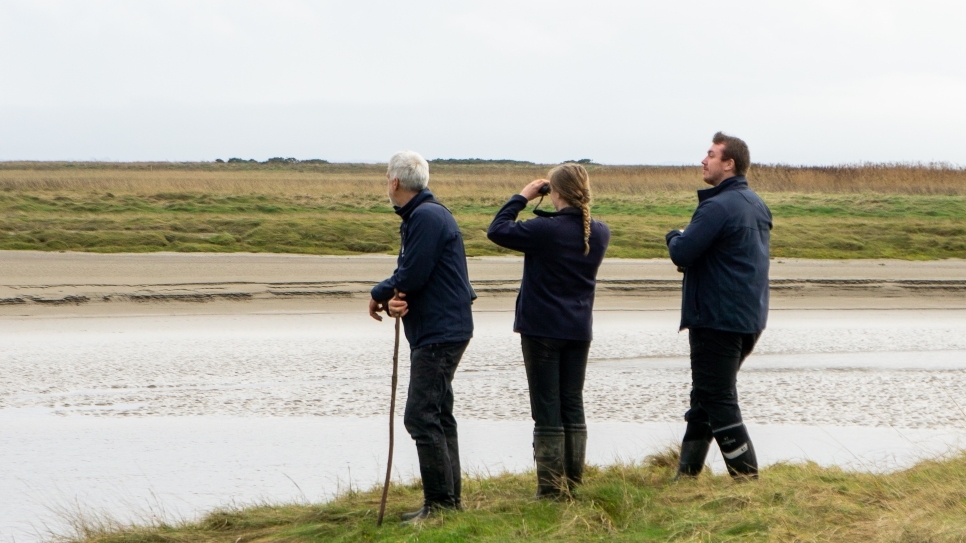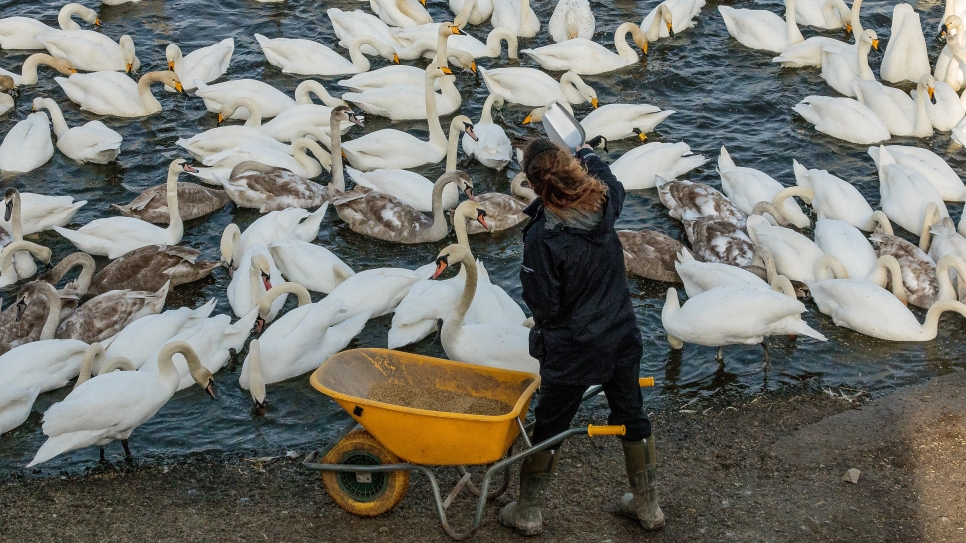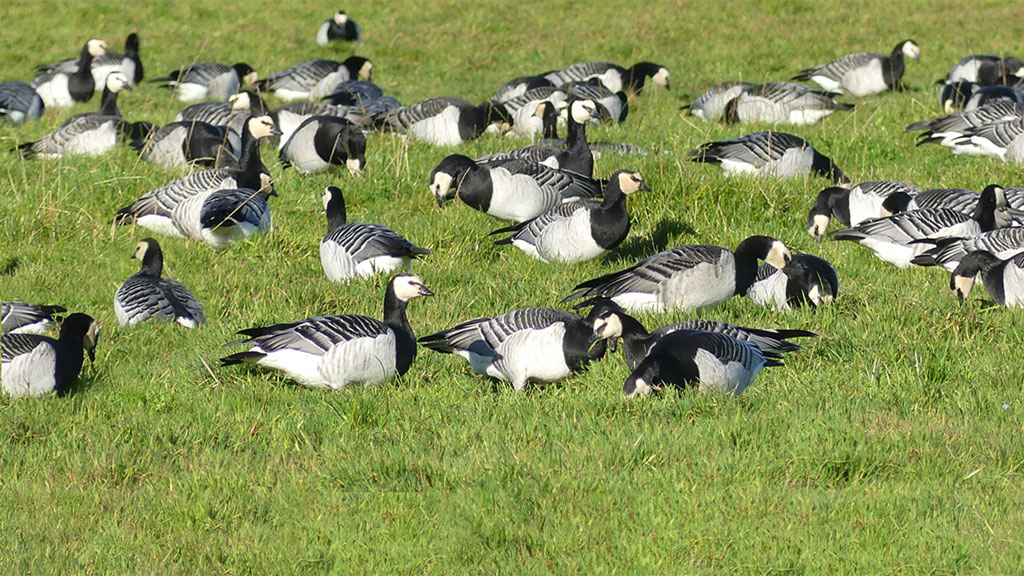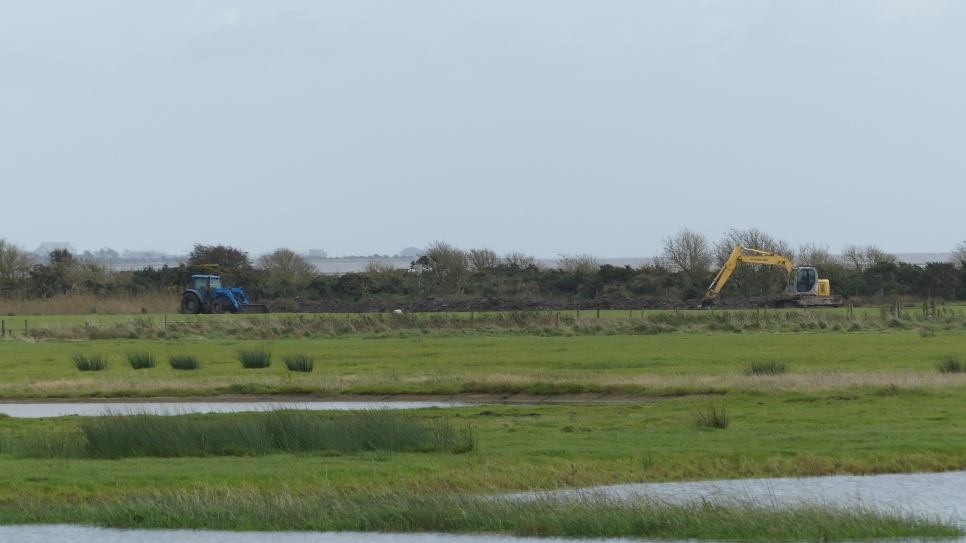Counting Here, Counting There: The Beginning of the Monitoring Season

Many people think of winter as the most exciting season of our site and it's hard to argue with the thousands of barnacle geese backing up that opinion with a flurry of excited yapping and flapping! For me spring and summer are the peak of my time on the reserve, this is due to the biological recording season coming into full speed.
The reserve team and some of our volunteers get stuck into the recording of our natural features during this influx of life. This involves recording multiple taxa including:
- Birds: we need to find out what is breeding on our reserve, where they are breeding, and how successful they are. So, we carry out multiple transects to cover the most of our habitats on the reserve and get an indication of the breeding activity. There’s nothing quite like being engulfed in skylark song at 6 in the morning! We also have nest box monitoring for our farmland bird project, where we target tree sparrow nests to see how successful our handcrafted colonies are in different areas of Caerlaverock.
- Invertebrates: as a British Dragonfly Society hotspot it is important to monitor the four winged beasts on site. Here, we walk transects recording the number of dragonfly and damselfly adults on the wing around our paths and ponds. Similarly, we also record butterflies in transect around our meadows and even one massive transect along the entirety of our saltmarsh! The number we find out there would surprise many.
- Botany: the merse is a vital piston driving forward the motor of Caerlaverock. To monitor the current state of the saltmarsh we perform vegetation surveys to assess the composition of plant life and check for any possible invasive species that can disrupt saltmarsh habitat. These surveys allow us to take in the true beauty of the merse with its vibrant sea of yellow, pink, and purple from plants such as bird’s foot trefoil, sea thrift and sea aster.
There are other various surveys we do but these are the main highlights. The data from our surveys indicate to the team what we have achieved through our work and what we need to focus on in the future to improve biodiversity.
It's hard to put into words the excitement of seeing some of our habitat management have positive effects on the life of our reserve, with species of breeding birds popping up in areas where there once was none. This is the kind of success that keeps me powering through the monitoring season (more specifically keeps me motivated to be hunched over a computer when inputting data).
Words by Charlie McGrath
Picture by Jess Byers



